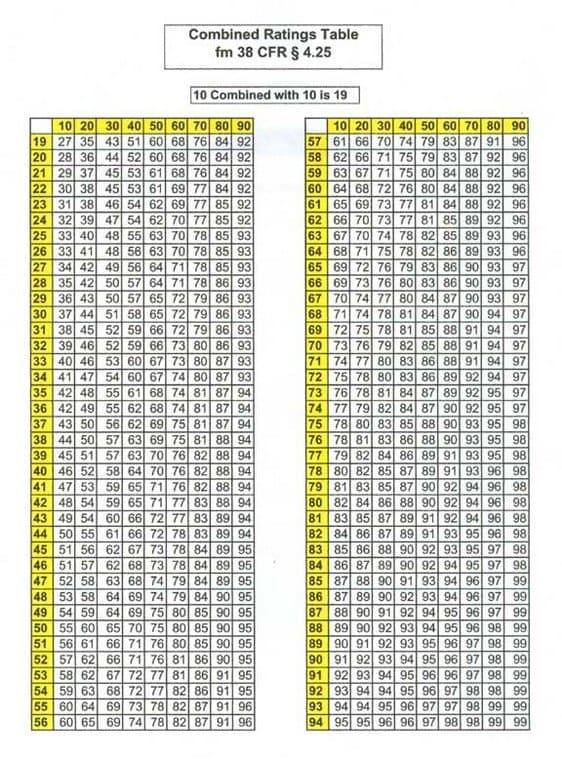

Extreme tenderness on plantar surfaces- which is the bottom of the feet.No improvement by inserts, appliances or orthotics.Marked pronation -Again, this is from a fallen arch (flat foot) or a high arch.Increased pain on use of one or both feet.We can help you determine if you are suffering from either of these! Foot deformity and pronation is from a flat foot or high arch. Deformity or marked pronation- This sounds scarier than it is.Pain increases when using or moving one or both feet.Weight bearing line over the big toe (flat foot).We have broken down the severity and percentages below.

Pain that is more extreme in the morningįeet are rated on the severity of symptoms.Pain after standing for a long period of time, OR.Increase in pain after physical activity or exercise.Some of the symptoms of plantar fasciitis are: Plantar fasciitis can result from either a fallen (flat) or high arch. Weak or unstable ankles, potential for more frequent ankle sprains.Calluses on the heel, sides or ball of feet.Soreness after walking or standing for long periods.Some of the symptoms from more extreme/severe cases of pes cavus are: The arch does not flatten when bearing weight. Pain that may radiate to the legs and lower backĪ hollow foot/high arch.Some of the symptoms of more extreme/severe cases of pes planus are: Most Common Disabilities in Feet Pes PlanusĪ flat foot/fallen arch.


 0 kommentar(er)
0 kommentar(er)
